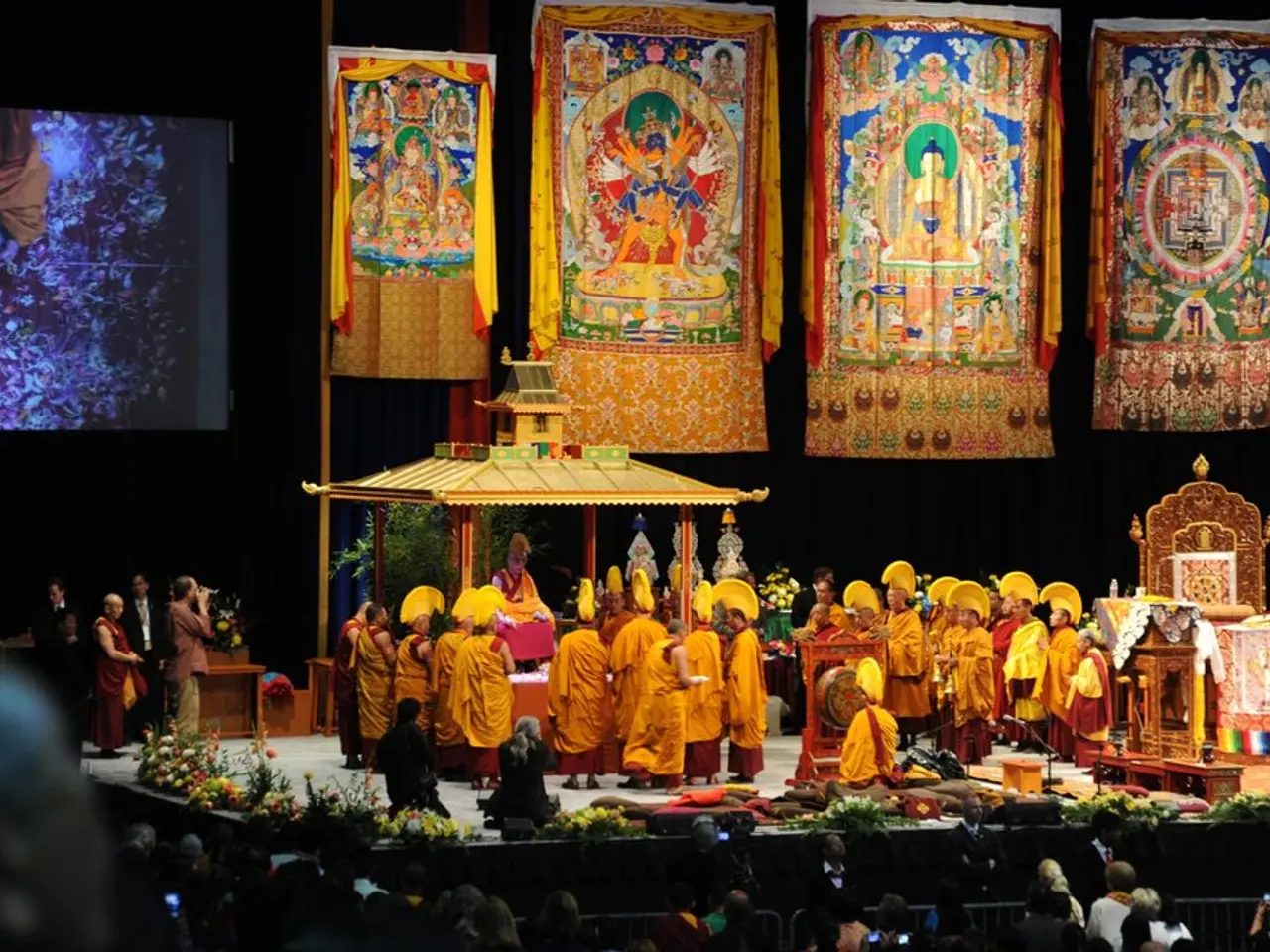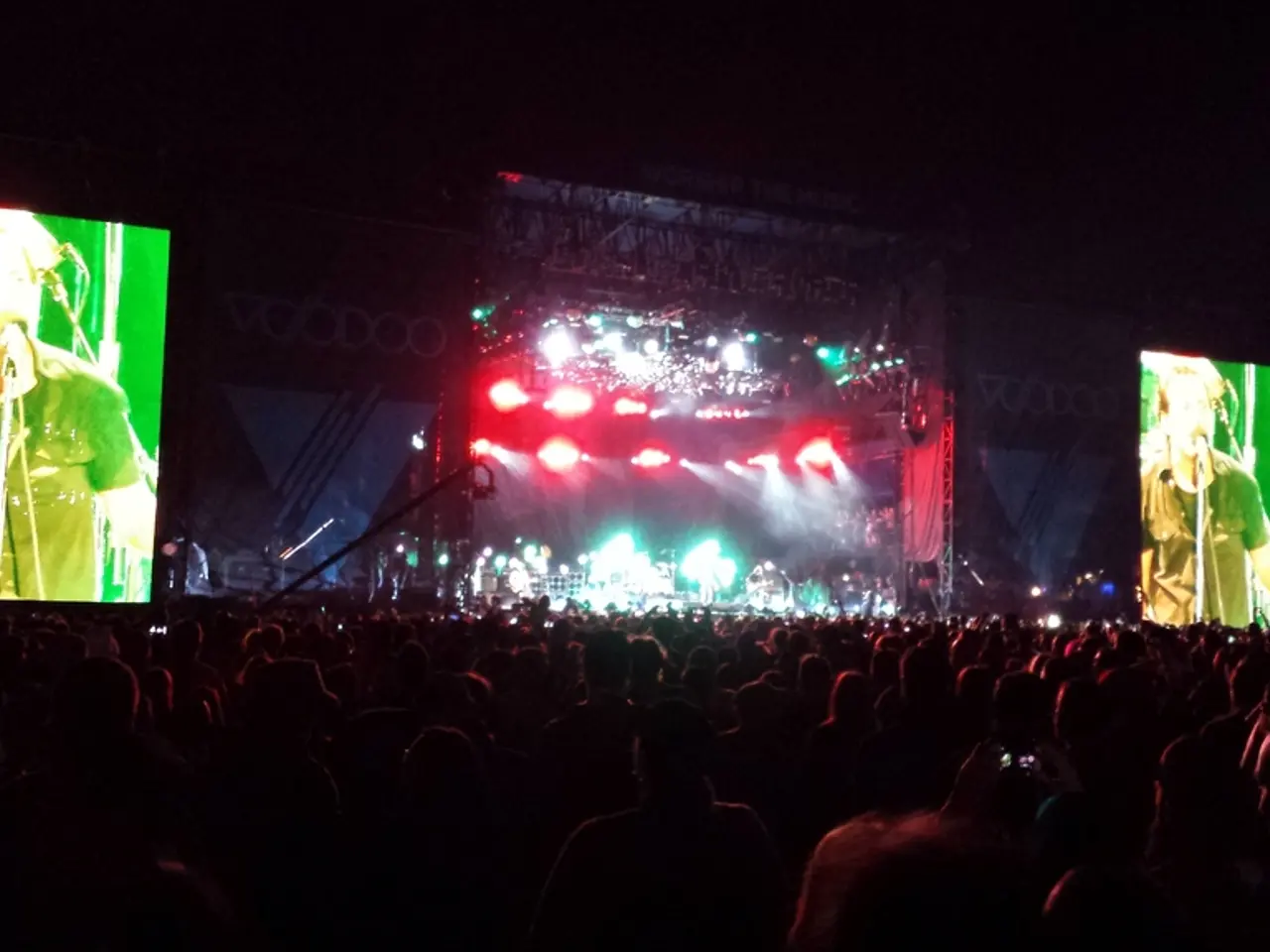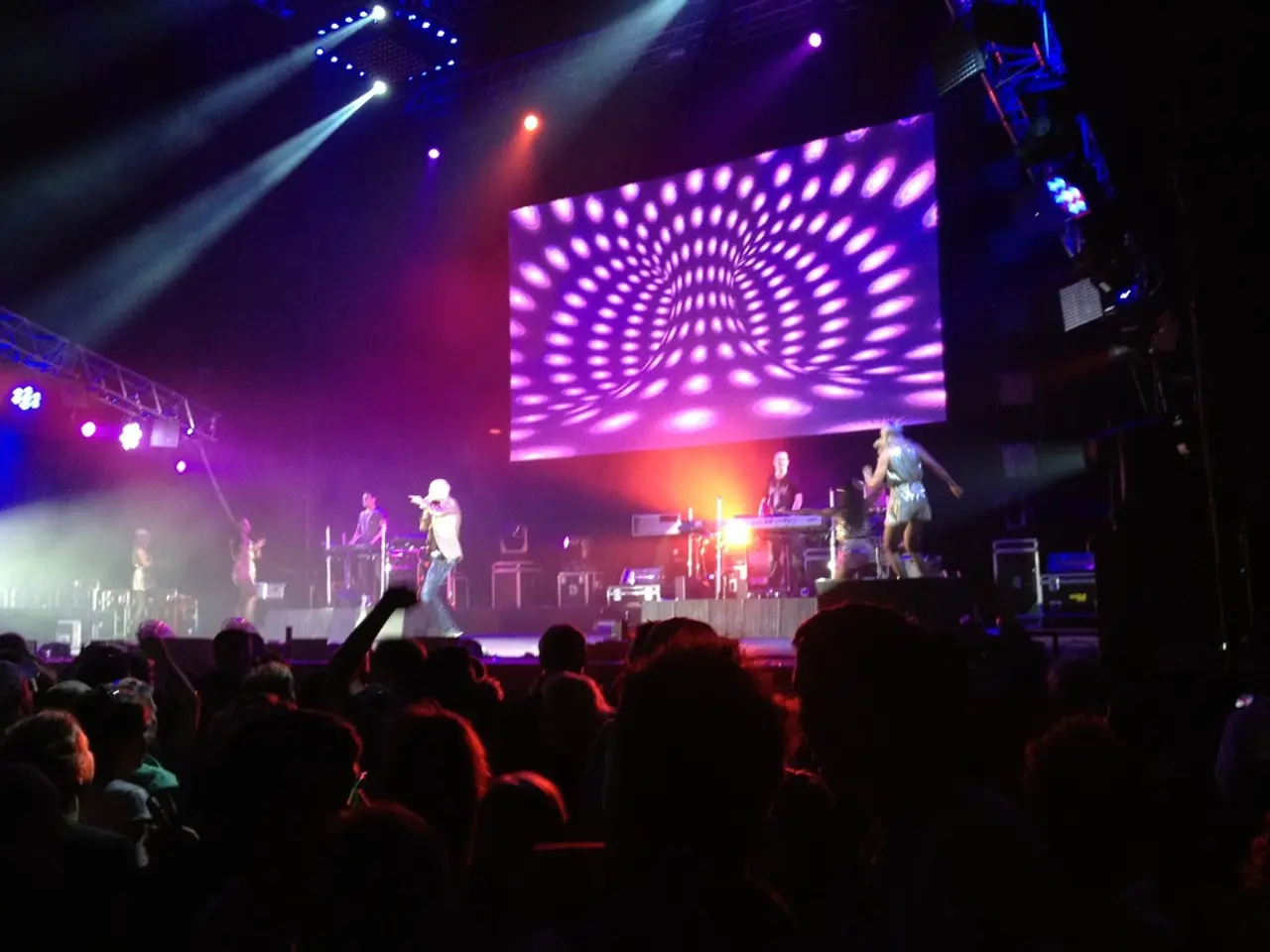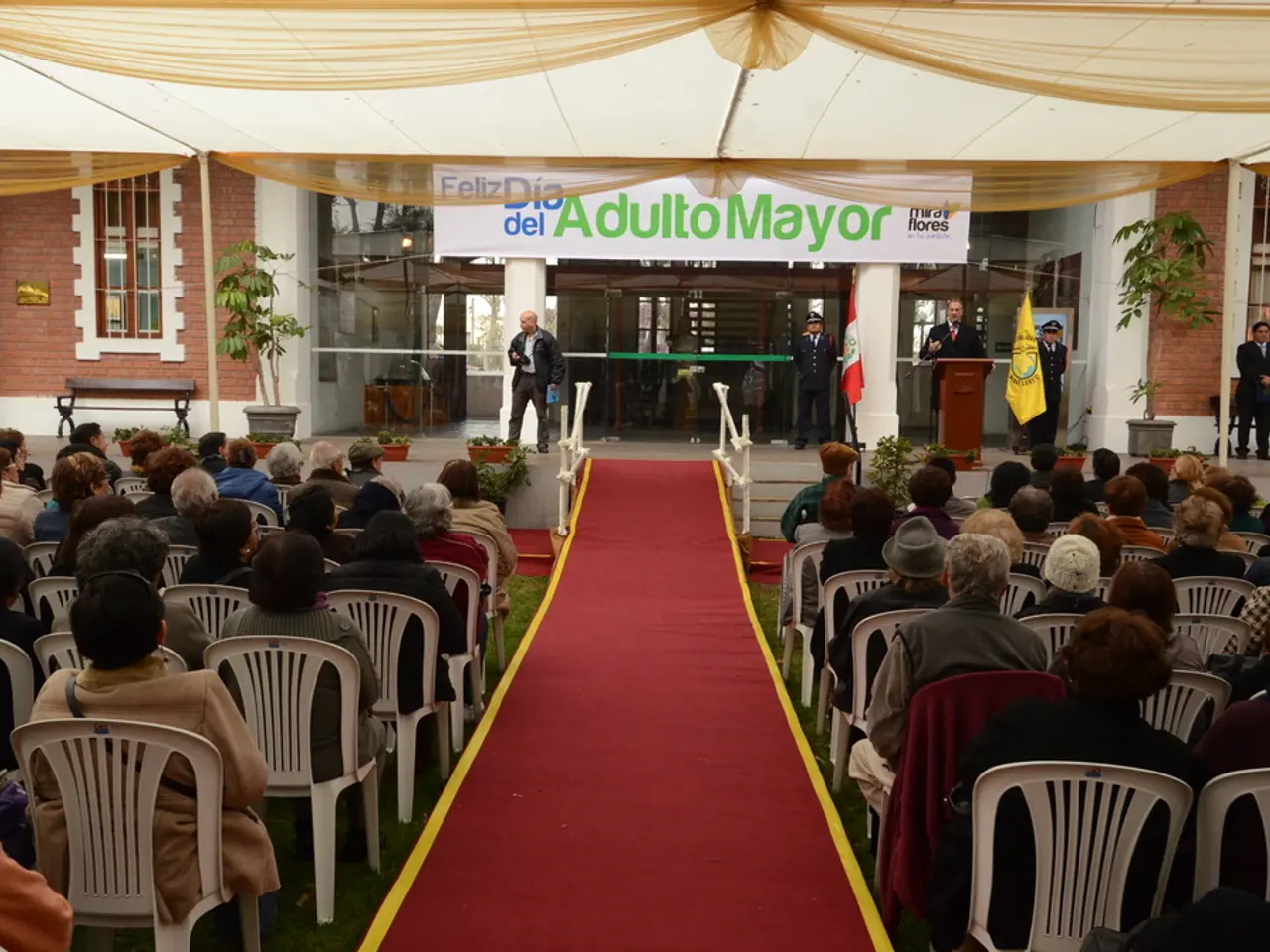Movie's Stunning Visuals Versus Flawed Storyline and Dialogue
In the world of cinema, visual components have emerged as a potent tool to captivate and retain audiences. Aesthetically pleasing films, with their richly crafted atmospheres and visually stunning elements, can immersse viewers, making them more forgiving of narrative shortcomings.
These visually impressive elements, such as striking cinematography, special effects, or creative visual grammar, can maintain audience interest and provide charm or signature atmospheres that sustain engagement despite narrative weaknesses. Symbolism in visuals can convey themes and emotions that dialogue might struggle to express, adding layers of meaning to the narrative.
However, while aesthetics can enhance a film’s appeal and may temporarily hold attention or provide atmosphere, a balanced approach is essential. Critical perspectives hold that strong storytelling and dialogue are essential foundations that visuals cannot fully replace. Weak dialogue and storytelling ultimately undermine a film's overall impact, no matter how visually appealing it may be.
Incorporating innovative sound effects, thoughtfully chosen visuals, and a carefully curated soundtrack can create an immersive atmosphere, convey complex ideas, and enhance the emotional weight of a scene. Visual metaphors and symbols can add depth to the narrative, provoking thought and adding layers of meaning.
Filmmakers can also reveal subtle aspects of a character's personality and evolution through visual cues such as costume design and body language, without relying heavily on dialogue. Art direction with detailed and imaginative set designs can transport viewers to fantastical worlds, while dynamic camera work can create a sense of movement and excitement.
Specific lighting setups and color palettes can evoke emotions and highlight themes without a single word being spoken. Cinematography, with striking angles, lighting, and composition, can create memorable scenes. The overall aesthetic of a film can create a compelling atmosphere that draws the audience into the story world, making the plot more engaging and immersive.
However, balancing visual splendor and narrative substance is crucial. While visual engagement can evoke emotional responses and stimulate the imagination, a film's story and dialogue remain the heart of the cinematic experience. The artistry of visual storytelling can significantly elevate the narrative, providing depth and nuance that might otherwise be lacking. But without a strong foundation in storytelling, even the most visually impressive film may fall short.
In summary, while aesthetics can enhance a film's appeal and may temporarily hold attention or provide atmosphere, a balanced approach that prioritises both visuals and narrative is key to creating a truly captivating cinematic experience. Special effects, innovative sound effects, and carefully curated visuals can enhance the believability of a film's universe and provide depth to character arcs, but they cannot replace the essential foundations of strong storytelling and dialogue.
- A blockbuster's cinematography might captivate viewers with its visually stunning elements, yet a strong script is crucial to compensate for any narrative shortcomings.
- Indie movies often rely on symbolism in visuals to convey themes and emotions, adding layers of meaning to their poignant narratives.
- A film's director may utilize special effects, innovative sound effects, and a meticulously crafted soundtrack to create an immersive environment that compliments the narrative.
- Critics argue that while cinematography can add charm and signature atmospheres, a balanced approach with substantial storytelling and engaging dialogue is paramount.
- A movie's animation might showcase visual metaphors and symbols, provoking thought, and adding depth to the telling of the story.
- To capture the essence of a character's development, filmmakers can employ subtle visual cues, such as costume design and body language, instead of overreliance on dialogue.
- Intricate set designs and dynamic camera work in a film can transport viewers to imaginative worlds, creating a sense of movement and excitement for the audience.
- A movie's lighting can evoke emotions and highlight themes without dialogue, while striking cinematography can create unforgettable scenes, ultimately making a film more engaging and immersive.







